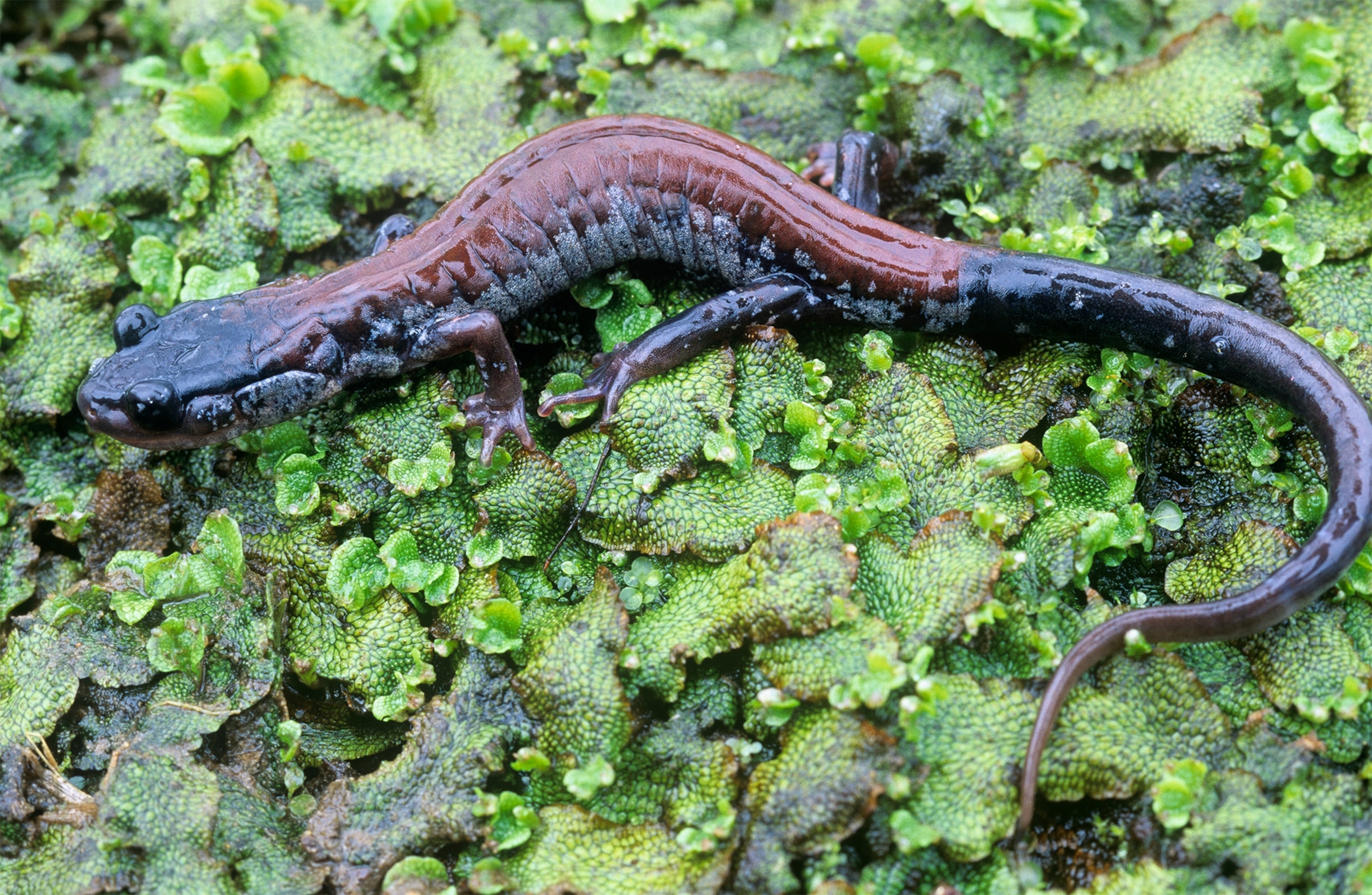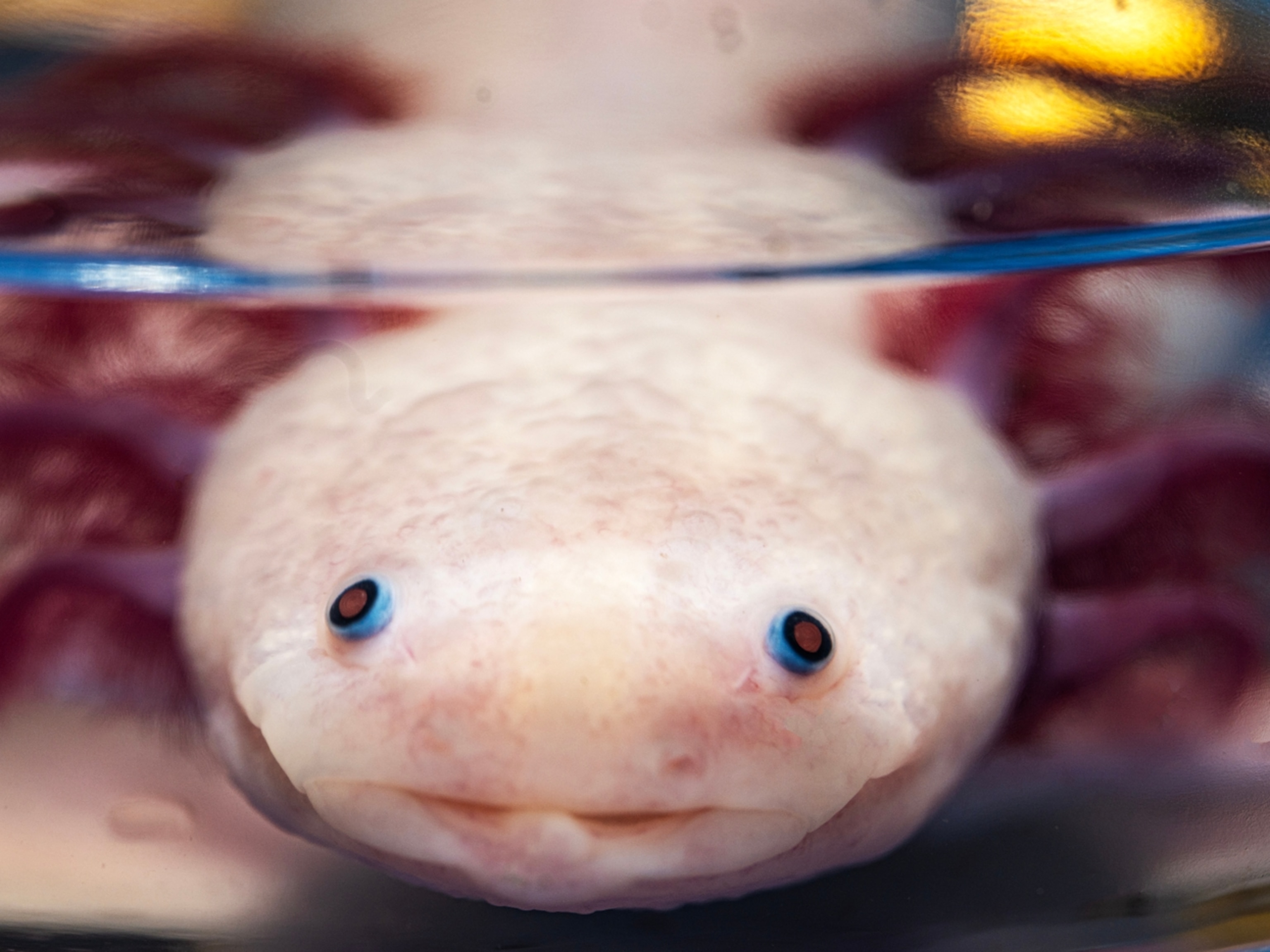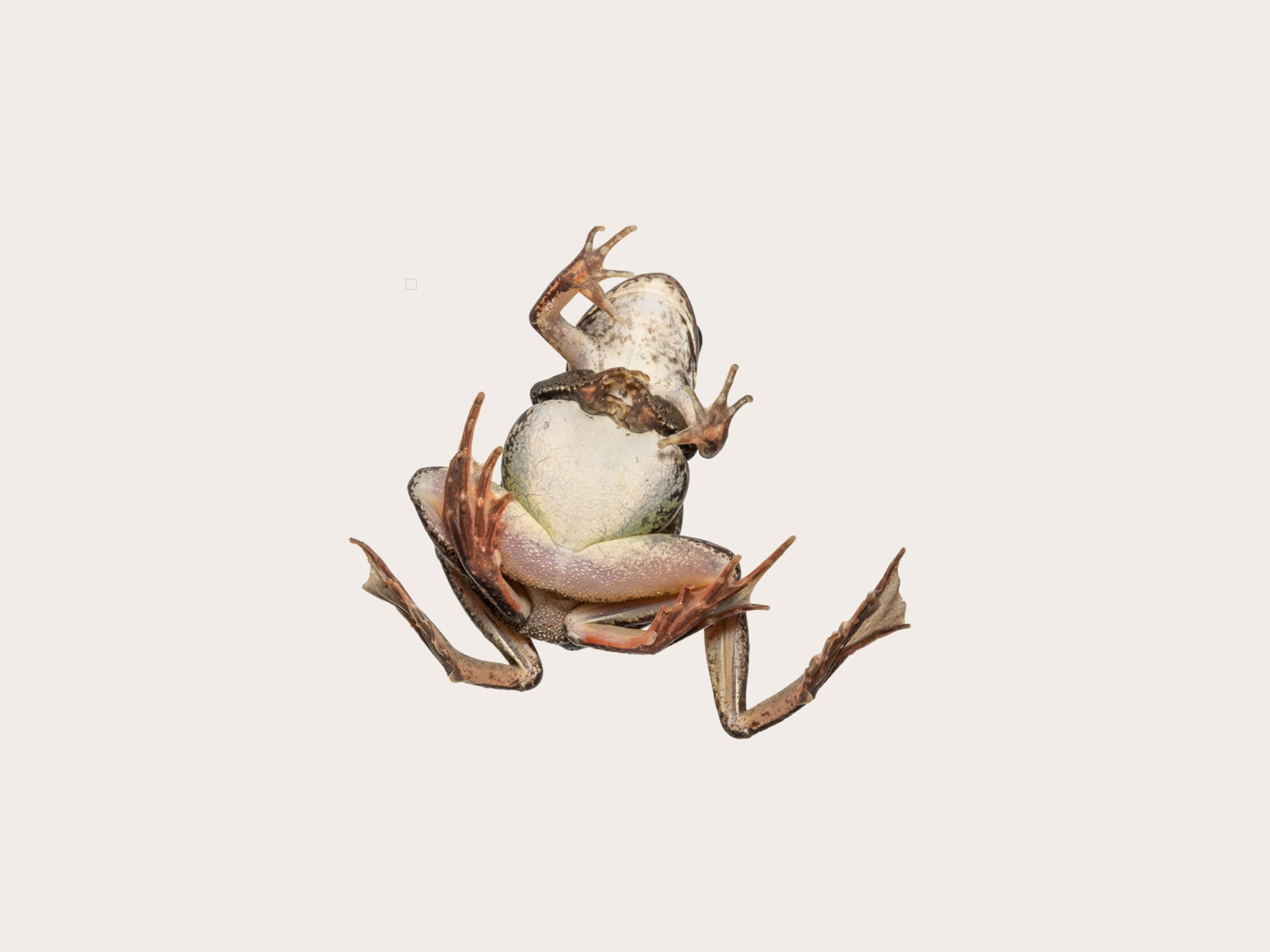
Climate Change Shrinks Salamanders
Amphibians are responding to changing conditions, says new study.
The warmer conditions brought on by climate change may cause some animals to change in size, a new study suggests. Wild salamanders in a warming, drying area of the United States have gotten shorter over the past 50-plus years, researchers report this week in Global Change Biology.
The work raises interesting questions about the potential role of climate change on animals, says Joseph Milanovich, an ecologist at Loyola University Chicago, who wasn't involved in the study. Not much research has sought to address how climate change might affect animal size. "This research has really the inherent value of pushing that [area of work] forward," he says.
The research didn't actually start out as a climate change-related project. Karen Lips of the University of Maryland, College Park, said she and colleagues were trying to figure out why salamander populations have been declining in recent decades.
Between summer 2011 and spring 2012, Lips and colleagues caught salamanders of a wide variety of species from nearly 80 sites in the Appalachian Mountains. The researchers sought to assess whether environmental factors, namely disease, might be reducing salamanders' numbers. To their surprise, disease wasn't the problem.
But then they wondered: Maybe climate change was the culprit? They hadn't tested that idea.
"We thought, 'What could we measure that could tell us whether that's even a possibility?'" Lips recalls.
Warmer, Drier Conditions
Scientists had suspected that wildlife might change in size to better cope with the warmer, and perhaps drier, conditions that climate change is bringing on. So the researchers decided to compare the lengths of the specimens they collected with those of museum specimens collected from the same areas from 1957 onward. In total, the analysis included more than 9,000 specimens from more than a dozen species.
From the 1950s to 2012, salamanders from six species got smaller, while creatures from just one species got a little bit larger, the researchers found. On average, salamanders collected after 1980 were eight percent smaller than those collected before then, and each generation of salamander shrunk by one percent.
Moreover, the shrinking effect was greatest in salamanders from the southernmost sites, where temperatures rose the most and rainfall decreased more than in other areas. "I was surprised ... The fact that we're finding some interesting results in a completely unexpected area was pretty cool," Lips says.
Lips and colleagues don't yet know what biological processes caused the salamanders to shrink. Maybe bigger salamanders died or were less likely to reproduce than smaller ones were.
Or the changes could have resulted from "plasticity"—an organism's ability to adjust its biological features, much like an internal thermostat, in response to changes in its environment. The researchers wonder whether warmer or drier conditions might have altered gene activity or other biological processes to stunt the salamanders' growth. What climate change ultimately means for these salamanders is also unclear.
Based on computer models one of Lips' colleagues created, the researchers think that today's salamanders may have to burn more energy in the present-day warmer, drier conditions to stay just as active as their predecessors. That presents trade-offs; modern salamanders may devote more time to finding food and hiding in the shade, making them more vulnerable to predation and giving them less time for mating.
Tackling Unresolved Questions
Lips says she and colleagues are also planning field tests and laboratory experiments to answer the unresolved questions. Laboratory experiments she and colleagues have planned involve putting salamanders in giant incubators and simulating past, present, and future climatic conditions.
"We also need to figure out the relationship between declining populations and body size, to see if they're related or two separate issues," she says.
Milanovich praises the researchers for a highly novel study involving so much data. "I think the framework of their study can and should be replicated, built upon," Milanovich says. Still, he's not totally convinced by the findings.
The researchers, he notes, did most of their sampling in the daytime. Salamanders often come out at night, and stay idle or hidden at daytime to avoid the heat; bigger salamanders may outcompete smaller ones at night, so he wonders whether smaller ones might emerge more at daytime to avoid the competition. If so, the size reduction the researchers reported might be bigger than it actually is.
Lips responds that this may not be such a problem; even when analyzing only the museum specimens, the researchers observe a similar trend—the salamanders' average length decreased.
Follow Puneet Kollipara on Twitter.





